
Dong Son ancient village (Ham Rong ward) is located on the banks of the Ma River.
Upstream, thousands of clouds call the wind
Originating from the towering mountain ranges of over a thousand meters in Dien Bien province, the Ma River is like a green silk strip leaving its source and flowing down to the western region of Thanh Hoa. After winding its way through Laos, the river returns to the Fatherland at Ten Tan Border Gate (Muong Lat), carrying with it the roaring waterfalls and the wild breath of the great forest. On foggy days, looking down at the riverbed, you can only see the white foam of the water, like a herd of wild horses galloping in the middle of the mountains and forests.
From Muong Lat, the Ma River flows through Quan Hoa, Ba Thuoc, Cam Thuy, the water becomes more and more powerful, rolling without a moment of rest. Leaving the rocky mountains, the river suddenly slows down when reaching Vinh Loc, Yen Dinh, Thieu Hoa, Hoang Hoa, gently opening its heart to embrace the vast rice fields, the prosperous villages on both banks. At Bong junction - the confluence between Ha Trung, Hau Loc and Nga Son, the river splits into two streams: one branch is the Len River flowing to Lach Sung estuary, the other branch is the Tao River (Lach Truong) winding to Y Bich estuary. The main branch continues down to Thanh Hoa City (old), winding between Ham Rong Mountain and Chau Phong Mountain, then pouring into the East Sea through Hoi estuary (Sam Son), closing a journey of more than 500 kilometers full of changes.
No one knows exactly when, but the name “Ma River” has become a part of the memory of Thanh people. According to historical records, this river has had many different names such as Loi Giang, Tat Ma, Le, Dinh Minh, Nguyet Thuong, Hoi Thuong - names reflecting each historical period, each cultural mark of the land. However, the name “Ma River” has existed persistently and is preserved to this day, like the very source of life for the people here.
There are many explanations for this name. The first way, according to the concept of the Kinh people in the Thanh Hoa plain, the word "Ma" is a Sino-Vietnamese word, meaning "horse". The river is called "Ma River" because the water flows fast, turbulent, and strong like a horse's hooves galloping through the mountains and forests. The second explanation is related to the sacredness of the local culture: "Ma" is a misreading of "Ma" - meaning "Mother" in ancient Vietnamese. For agricultural residents, river water is the source of life, the mother's milk that nourishes all species, so Ma River is honored as Mother River - the largest, most tolerant and enduring river in Thanh land.
In addition, the Lao and Phu Thay ethnic groups living upstream in Hua Phan (Laos) call this river “Nam Ma” - meaning “rising water”. This name reflects the true characteristics of the river that is always full of life, rising water all year round. Poet and cultural researcher Minh Hieu once affirmed: “Ma River” - “Mother River”, the name carries the resonance of fertility, is a symbol of love and pride for the heroic and kind land of Thanh Hoa.
Walking along the banks, one can easily encounter layers of cultural sediments that still exist. At Do Mountain (Thieu Hoa), chiseled stone tools are still lying in the ground, telling the future generations about the first steps of prehistoric people. Down to Dong Son, bronze drums, arrows, pottery... shine like echoes of a glorious culture, a place that the whole world must look up to.
The Ma River not only deposits alluvium on the fields, but also builds up civilization. The water nurtures rice farmers, bronze caster artisans, weavers, and potters since the dawn of history. It is the waterway that opens up trade routes, bringing prosperity to residents on both banks. It can be said that the Ma River is both a roof, a road, and a source for Thanh to exist and develop through thousands of years of history.
Legend by the water
If the upper Ma River flows through the thousand-year-old cloudy mountain ranges, along its journey, the river also carries within it a treasure trove of legends and cultural and historical values closely linked to the people on both banks.

Cau Ngu Boi Trai Festival - the beauty of Cua Hoi area.
At the upstream of Muong Lat - where the Ma River flows from Laos back to Vietnam, the river appears majestic and pristine as it was when it was born. Amidst the vast mountains and forests, the river's white foam flows rapidly over steep cliffs, the sound of wind and waterfalls echoes. Muong Lat is not only the place where the first river flows into Vietnam, but also the departure point of the Tay Tien army in the past - soldiers carrying in their hearts the aspiration to set out for the Fatherland.
On the remote slopes, the villages immersed in mist, they crossed the Ma River, followed the border, leaving behind many memories deeply engraved in poetry. Right here, the poem "The Ma River is far away, Tay Tien!" by To Huu resounded like a call from the past, recalling a tragic and heroic time. The Ma River witnessed and embraced young men of eighteen and twenty years old, then carried those memories downstream, blending with the history of the nation. The Ma River is therefore not only a witness of majestic nature, but also a river of memories and blood of a legendary resistance period.
Down to Cam Thuy, the Ma River seems to slow down, winding between two towering limestone cliffs, forming the scenic Cua Ha - a place considered by our ancestors as the "throat" of Thanh land. Since ancient times, Nguyen Trai in "Du dia chi" and later Le Quy Don in "Kien van tieu luc" both ranked Cua Ha as a national scenic spot, where mountains and rivers meet, reflecting mountains and rivers. The Gam mountain range is over two hundred meters high, standing upright by the river like a natural screen, reflecting on the blue water all year round. The undulating mountain peaks blend with the clouds and sky, creating a majestic and poetic scene.
Passing the Ngoc waterfall and the Song Ngan waterfall, the Ma River gradually opens up, gentle like a large lake. On its shore is the Cua Ha Temple (Son Ha Tu - Thung Che), a temple dating back to the 15th century, worshiping the heroic women who once defended the land, the river god, the mountain god, the righteous men of the Lam Son insurgents and the Holy Mother Lieu Hanh - a sacred Saint in Vietnamese folk beliefs. Every spring, people around the area flock here to burn incense, praying for favorable weather, national peace and prosperity.
From Gam Mountain, Ngoc Waterfall, Cua Ha Temple, the Ma River flows quietly down to the sea, blending together to form a vivid ink painting. There, people seem to be calmed by the charming beauty of mountains and rivers, to listen to the long sound of the Milky Way, like a message from thousands of years ago still echoing.
Coming to Dong Son, besides the relics of bronze drums and arrows, there are also mysterious stories about bronze drums lying deep in the riverbed, salvaged by people during times of low water. Each of these artifacts is like an echo from the past, affirming that the river not only nurtures civilization but also preserves the soul of an entire era.
From the fertile midland, the Ma River continues to flow eastward, and when it reaches the land of Sam Son - where the river meets the ocean, a completely different cultural space opens up. At the Hoi estuary, the waves blend, thousands of years of alluvium have built up a fertile coastal strip, where people are attached to the sea and the river as if they were attached to their own breath.
According to cultural researcher Hoang Thang Ngoi, it was the alluvial deposits of the Ma River that created this vast coastal area. Therefore, when talking about Cua Hoi, we cannot only mention the ancient Hoi village, but also Trap (Ca Lap), Thanh Khe, Trieu Duong..., each village has a profession, a way of life, which blend together to create the unique cultural nuances of the Cua Hoi Trieu - Sam Son area. The boats going out to sea, the bustling fishing ports, the spring fishing festivals... all are like a continuous epic between the river and the sea, between labor and belief...
Throughout history, the Ma River has never been just a river, it is a legend, a culture, a memory, a history, a witness and also a source of life. It is this river that has shaped the resilient and kind character of the Thanh people.
And today, when stepping out into the great sea of integration, the Ma River still flows quietly, carrying alluvium, carrying aspirations. As for generations, the river will continue to nurture the soul of Thanh land, so that each person here will be more proud, more determined to build a rich, beautiful, and civilized homeland.
Tran Hang (Source: Baothanhhoa)
Lesson 2: Sources of community cultural nourishment
Source: https://svhttdl.thanhhoa.gov.vn/van-hoa/khat-vong-moi-ben-dong-ma-giang-bai-1-ben-dong-chay-lich-su-van-hoa-1009984


![[Photo] Prime Minister Pham Minh Chinh meets with representatives of outstanding teachers](https://vphoto.vietnam.vn/thumb/1200x675/vietnam/resource/IMAGE/2025/11/15/1763215934276_dsc-0578-jpg.webp)

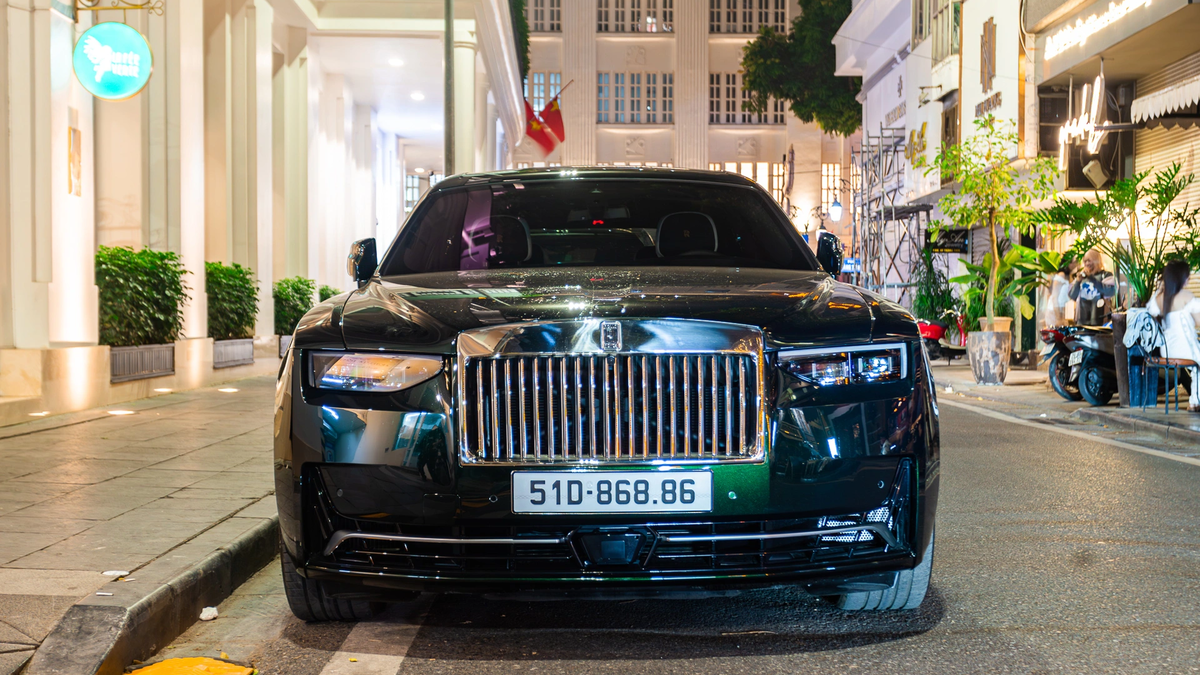


![[Photo] General Secretary To Lam receives Vice President of Luxshare-ICT Group (China)](https://vphoto.vietnam.vn/thumb/1200x675/vietnam/resource/IMAGE/2025/11/15/1763211137119_a1-bnd-7809-8939-jpg.webp)
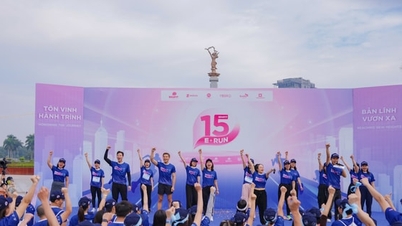


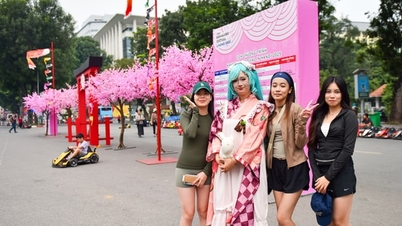




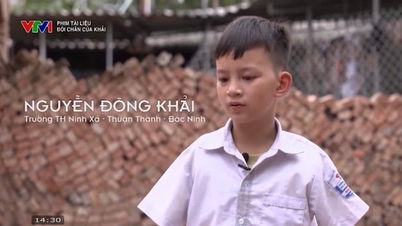





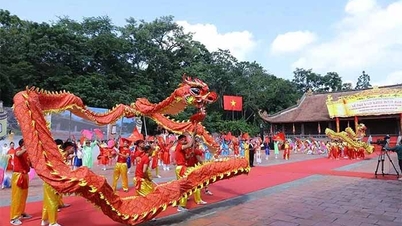






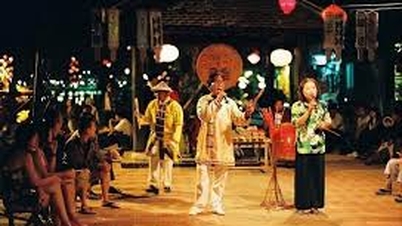









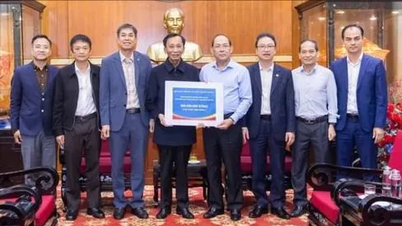

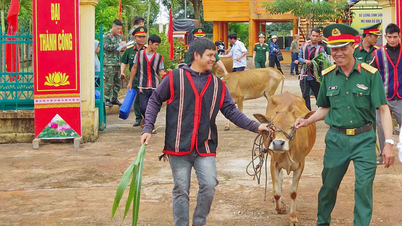







































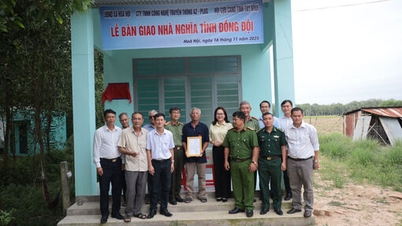






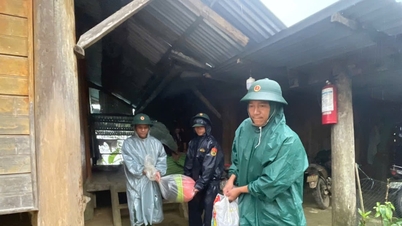

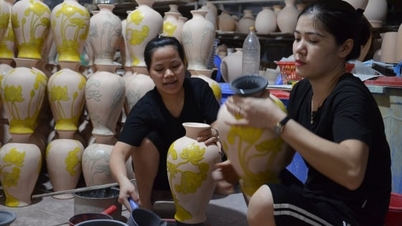








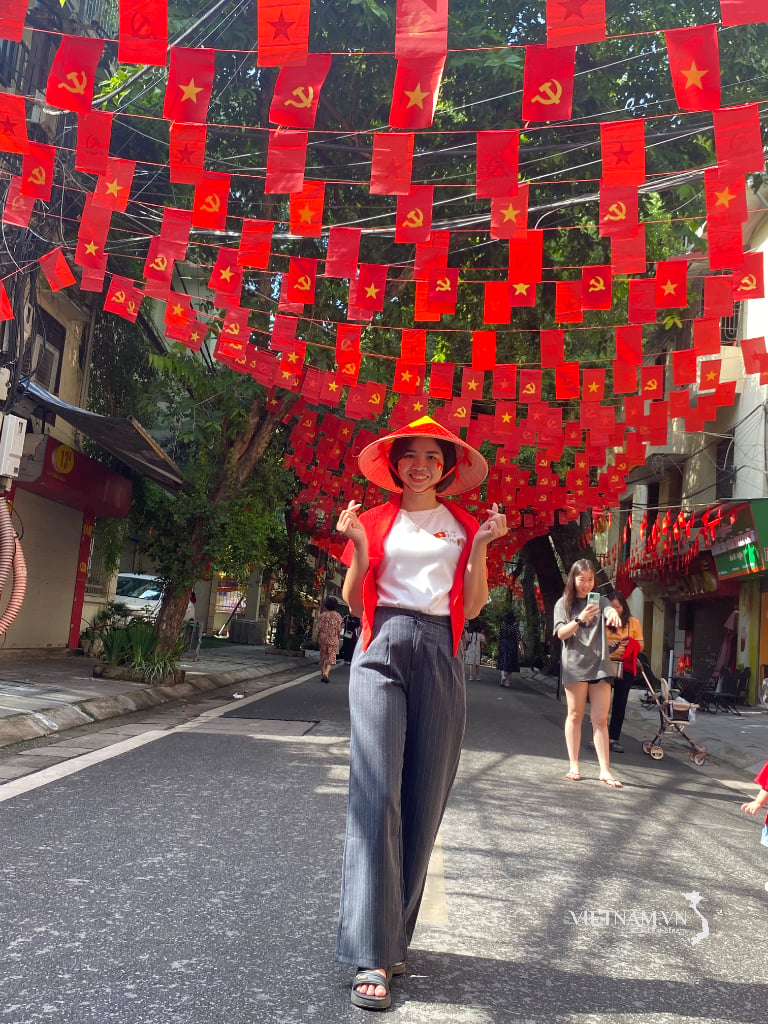



Comment (0)